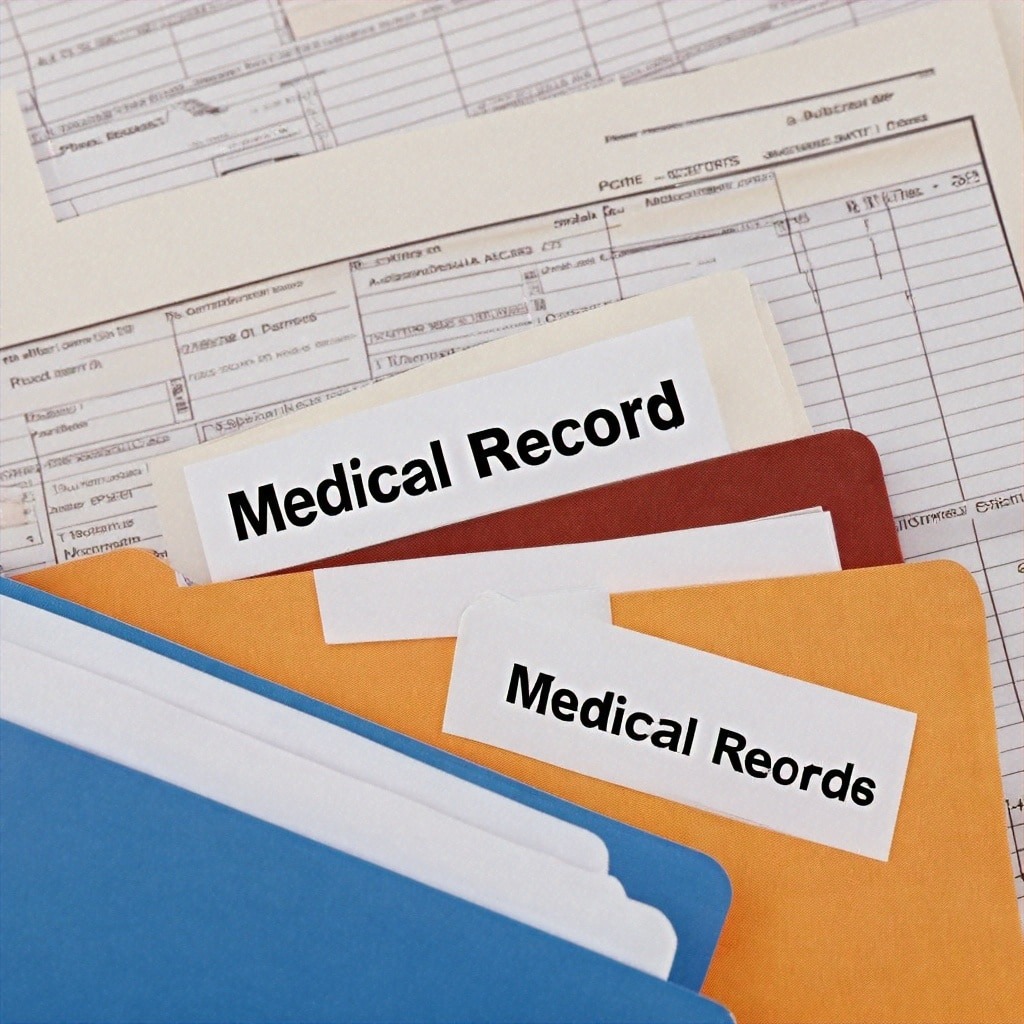Types of Medical Records for Retrieval

Retrieving medical records for legal matters can be tricky—unless you know exactly what to request, you could end up with a scattered pile of partial files excerpted according to the convenience and varying default processes of multiple providers.
Before you submit a records request, you need to understand what types of medical records will be available and how to obtain them.
Common Types of Medical Records
Notes, reports, results—there are multiple terms and types of medical records to retrieve and wade through. The most common include the following.
Patient History and Physical Examination Records
Most often from health care clinics, patient medical history may extend over years to track medical care such as:
- Annual physical exams, often including lab results and conclusions
- Vaccinations
- Medication prescription and monitoring
- Treatment for mild injuries and illnesses
- Chronic condition monitoring
- Care coordination and referrals to specialists or higher levels of care
- Follow-up treatment and monitoring of issues that required ER visits or hospitalization
There may be multiple tracks of patient records, with some intended for internal reference and some for patients’ viewing, as well as layers of original health information and associated summaries.
Diagnostic Test Results and Lab Reports
When patients report incidents or symptoms that require more investigation than a simple conversation—or if they’re in for a routine physical—testing is typically part of the diagnostic process. This can include:
- Basic metabolic panels (BMPs) and other blood testing
- Urine or fecal screenings
- Cultures and biopsies
- Chromosomal analyses
- Colonoscopies, colposcopies, endoscopies, and other scoping procedures
- Electrocardiograms
- Vision, hearing, and dental exam testing
These records may include original, complete test results, medical images, documentation from technicians, specialist analysis, and notes, reports, or summaries curated for delivery to patients.
Treatment and Procedure Notes
Medical care that involves a significant event requires a dedicated record. This is particularly true for physically intrusive procedures, such as surgery. These documents will generally include:
- The medical diagnosis and care leading to the procedure
- Procedure name(s) consistent with billing code naming
- Description of the procedure or procedures, including the type of anesthesia used
- Patient allergies or other medical conditions that may be relevant to the process
- Medical team names and roles (e.g., surgeon, anesthesiologist, nurses)
- Patient’s position during the procedure
Additionally, these treatment records should contain:
- Any events or complications that arose and how they were addressed
- The steps taken during the procedure and any variance from standard procedures
- The tools and equipment used during the procedure and any malfunctions thereof
Prescription and Medication Records
Medical records specific to medications should be retrieved from the point of prescription forward. Include:
- Healthcare professional notes and reports leading to and resulting in medication prescription
- Pharmacy records of prescription fulfillment and dispensal
- Follow-up tests or monitoring of efficacy and side effects
- Narrative of trials and changes in medication type, brand, or dosage
Imaging and Radiology Reports
Imaging and radiology tests are diagnostic tests that are often repeated over time to track the presence or progress of fractures, cancers, heart disease, and other conditions.
Types of testing include:
- X-rays
- CT scans
- PET scans
- MRIs
- Ultrasounds
The reports are generally authored by radiologists and include1:
- Comparisons to past imaging reports
- Technique, including the use of contrast
- Findings with anatomic descriptions and whether they’re normal or abnormal
- Medical expert assessment, including:
- Concise summary of the findings
- Interpretations related to clinical correlation
- A presumptive or differential diagnosis
- Treatment or additional testing recommendations
Discharge Summaries and Follow-Up Care Plans
Following procedures, inpatient stays, or treatment changes, patients typically receive a packet of medical documentation that covers two areas. These are:
- Discharge summaries that detail the procedure or medical treatment the patient has undergone
- Care plans that provide instructions, recommendations, and resources
Care plans can range from a one-page flier handed out with an annual flu vaccine to a hefty packet of medical information that includes:
- Immediate needs such as rest, wound care, medications, and diet
- Red-flag symptoms that require an ER visit or other immediate attention
- Time frames for recovery stages, from the hours following release to months ahead
- Limitations on activities, movements, and intake
- Follow-up appointments and referrals
- Recommended services such as physical therapy
How to Properly Retrieve and Access Medical Records
The process of accessing medical records for evidence depends on whether your law firm is representing or opposing the patient. In short, you’ll need to:
- Obtain consent or court orders.
- Identify providers and facilities.
- Submit official requests to medical record departments.
- Start early—average turnaround is 30 days.2
Check out our guide on Attorney Request for Medical Records to see the process in more detail.
Medical Records Retrieval Works Best with an Expert Partner
Getting the right results for medical evidence in court proceedings starts with understanding what’s available and how to clearly communicate retrieval requests.
Get a head start by partnering with U.S. Legal Support. Our medical record retrieval is HIPAA-compliant, with documents delivered through a secure Client Portal. We also offer health record organization, summary, and analysis, along with other litigation support and consulting services, including trial support.
Reach out today to discuss your medical records and other legal support needs.
Sources:
- RadiologyInfo.org. How to Read Your Radiology Report. https://www.radiologyinfo.org/en/info/article-read-radiology-report
- American Bar Association. Six Tips for Legal Teams Retrieving Medical Records. https://www.americanbar.org/groups/litigation/resources/newsletters/products-liability/six-tips-legal-teams-retrieving-medical-records/

Editoral Policy
Content published on the U.S. Legal Support blog is reviewed by professionals in the legal and litigation support services field to help ensure accurate information. The information provided in this blog is for informational purposes only and should not be construed as legal advice for attorneys or clients.


